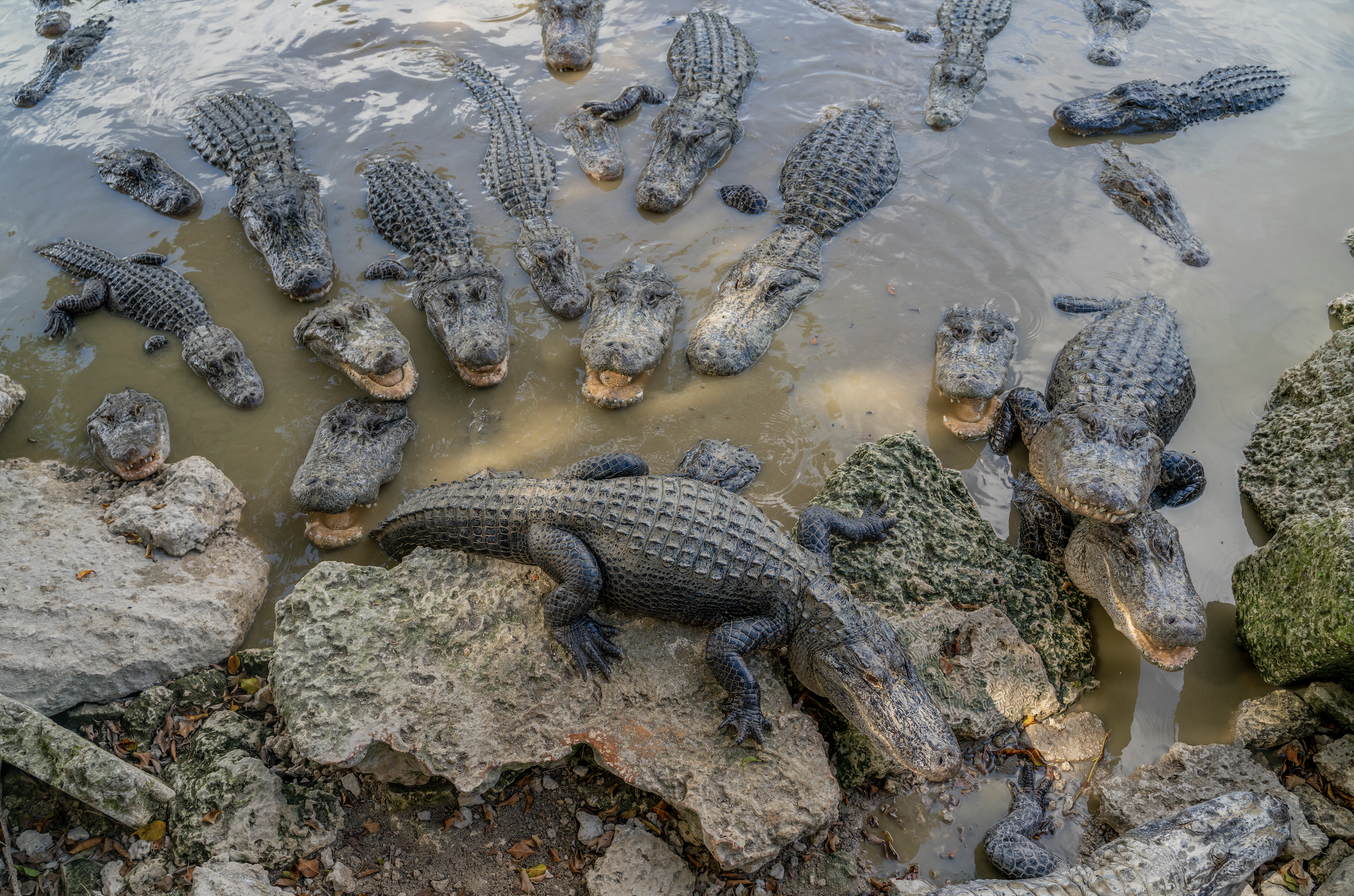Dry Lands
Water levels in the Southern Everglades hit record lows - the culprit?
Everglades Alligator Farm owns 250 acres of preserved wilderness on the border of the national park. These images show bone-dry airboat trails typically used to navigate the property and give tours to the public. “We haven’t seen a drought like this in all 35 years that we’ve been on this land.” says the farm owners.
Is this a preview of what this ecosystem will look like in a world with shifted climate patterns, or could it be the result of human interference? Before the 1940s, water from Lake Okeechobee flowed south to feed the greater Everglades watershed, creating the “river of grass” and refilling our underground aquifer. After a system of canals and levees was introduced in the 1920s, this water was diverted and controlled to fill the needs of the sugar cane growers in Central Florida and to convert wetland into dry land for development.
The operators of the world’s most complex water management system can’t seem to get it right. For all the creatures that inhabit the Southern Everglades, there’s always too much or too little water. Today, we’re experiencing record breaking lows, and Everglades Alligator Farm will, for the first time, close its tours - until the water returns.



















